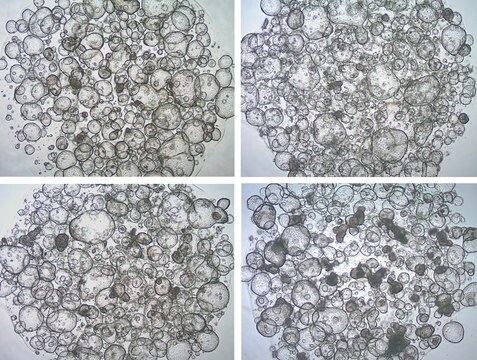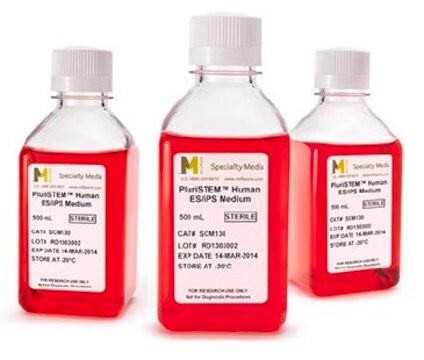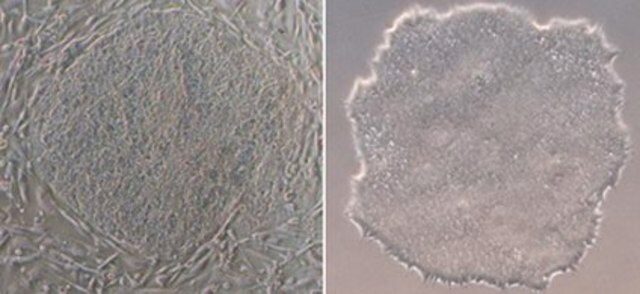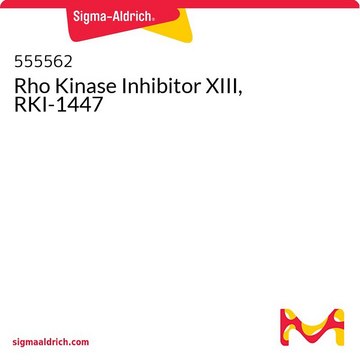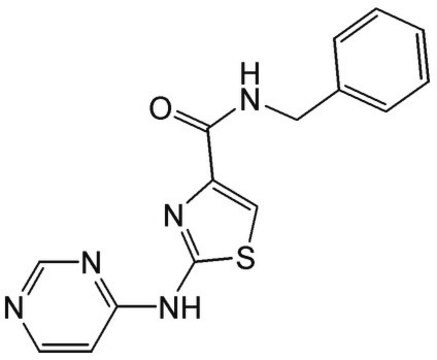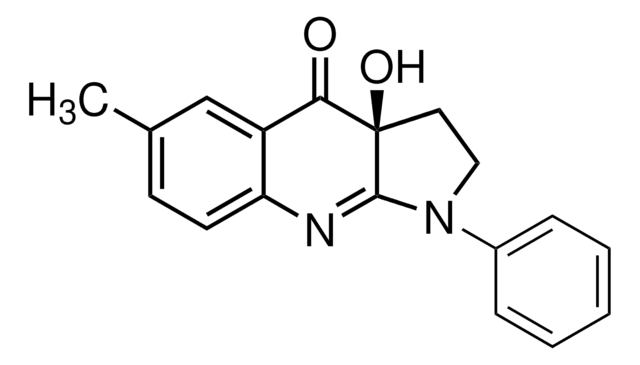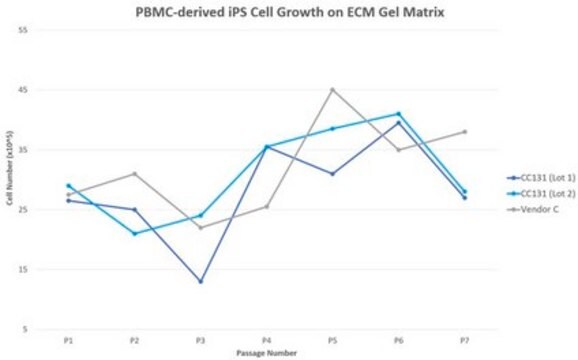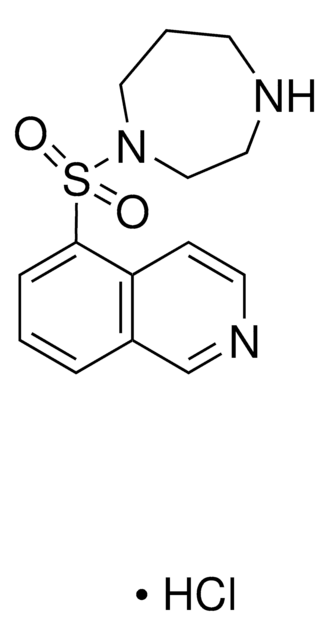SCM075
ROCK Inhibitor (Y-27632)
The ROCK Inhibitor (Y-27632) is available in a 5 mg format & has been optimized & validated for cell culture & Neuroscience applications.
Synonim(y):
Y-27632
About This Item
Polecane produkty
Poziom jakości
Postać
liquid
masa cząsteczkowa
320.26 g/mol
metody
cell culture | mammalian: suitable
Warunki transportu
dry ice
Opis ogólny
Przechowywanie i stabilność
Kod klasy składowania
11 - Combustible Solids
Klasa zagrożenia wodnego (WGK)
WGK 3
Temperatura zapłonu (°F)
Not applicable
Temperatura zapłonu (°C)
Not applicable
Certyfikaty analizy (CoA)
Poszukaj Certyfikaty analizy (CoA), wpisując numer partii/serii produktów. Numery serii i partii można znaleźć na etykiecie produktu po słowach „seria” lub „partia”.
Masz już ten produkt?
Dokumenty związane z niedawno zakupionymi produktami zostały zamieszczone w Bibliotece dokumentów.
Klienci oglądali również te produkty
Produkty
Human epithelial intestinal colonic organoids can be used as an alternative to Caco-2 drug permeability assays for drug screening and compound toxicity testing.
Skip weekend feedings. Defined serum-free and feeder-free expansion media for human pluripotent stem cells (ES and iPS cells). See publications and protocols.
Organoidy płuc są cennymi modelami 3D dla rozwoju ludzkich płuc i chorób układu oddechowego. Protokół różnicowania 3dGRO™ generuje organoidy z ludzkich iPSC w 4 krokach.
Zapoznaj się z rodzajami komórek macierzystych, w tym multipotencjalnymi komórkami macierzystymi, pluripotencjalnymi komórkami macierzystymi i iPSC oraz ich zastosowaniami w podstawowych badaniach nad komórkami macierzystymi, terapii komórkami macierzystymi i modelowaniu chorób.
Protokoły
A rapid in vitro assay for CFTR function, the forskolin-induced swelling protocol uses human colon organoids, which can be derived from cystic fibrosis patient tissue.
Highly characterized cryopreserved human colonic organoids and a step-by-step organoid culture protocol for epithelial intestinal organoid differentiation from iPS cells.
Protokoły hodowli ludzkich indukowanych pluripotencjalnych komórek macierzystych (iPSC) krok po kroku, w tym rozmrażanie, ekspansja, zamrażanie i charakteryzowanie komórek ips.
Nasz zespół naukowców ma doświadczenie we wszystkich obszarach badań, w tym w naukach przyrodniczych, materiałoznawstwie, syntezie chemicznej, chromatografii, analityce i wielu innych dziedzinach.
Skontaktuj się z zespołem ds. pomocy technicznej






